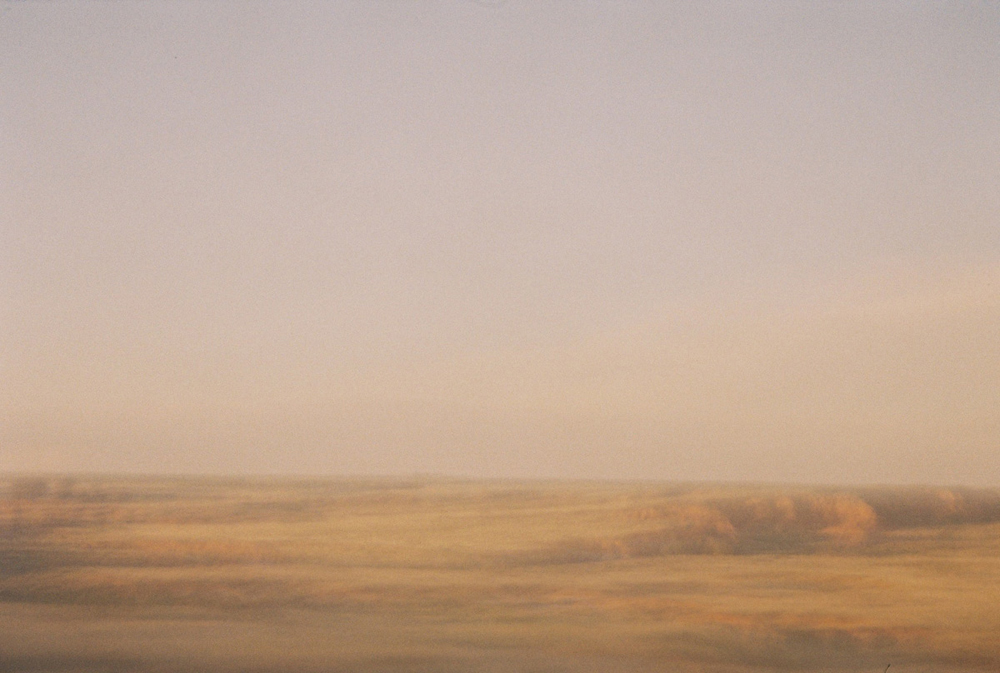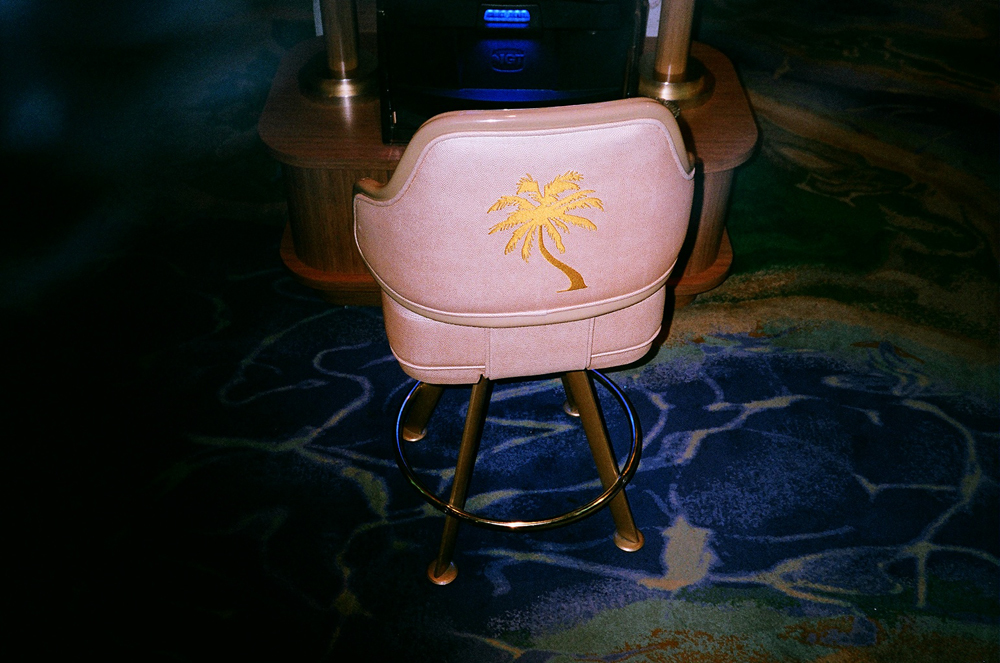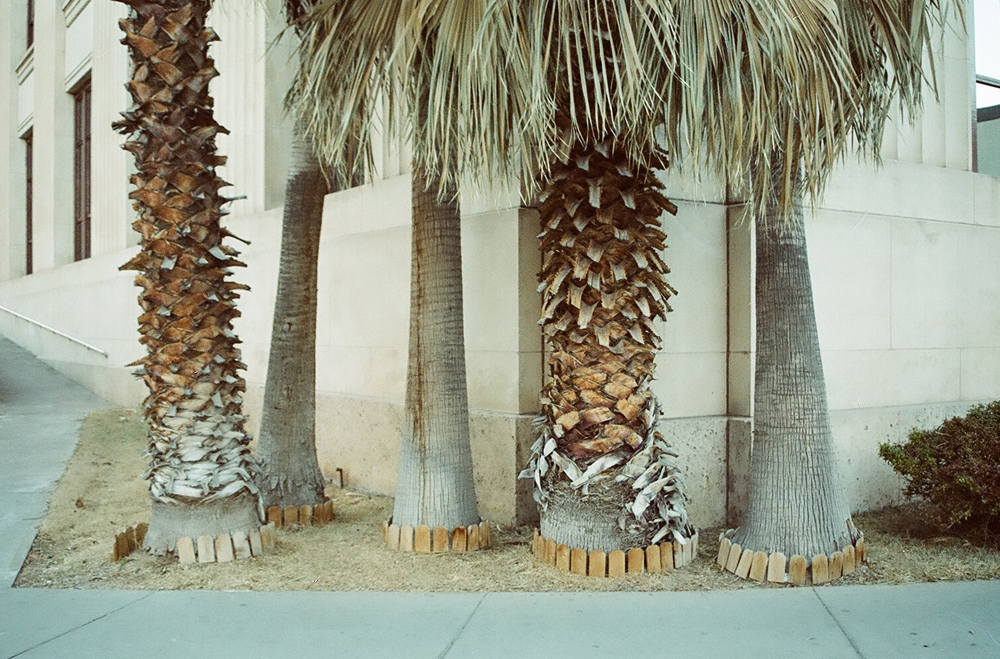Lorena Lohr‘s exhibition Ocean Sands opens at The Cob Gallery this evening. In the words of curator, Jessica Draper, the show will be “very much in the style of Lohr: subtle, simple, sexy.” Lohr’s photographs give us fleeting glances of South West America: a world perpetually frozen in the 70s, its décor both trashy and naïve, where shell shaped basin’s are an endearing reminder of a Polly Pocket left out in the sun too long. The hollow promise of paradise in the name Ocean becomes nothing but an empty pipe-dream, yet by leaving enough space for dreaming it retains its magic.
This is an exhibition undeniably by women, for women. The pastel colour palette, washed out tones and occasional flashes of red are like a well stocked knicker drawer, in all its intimacy, fragility and suggestiveness. Lohr shy’s away from the word “vintage”, which she aptly describes as too “chintzy” a word; rather she feels her images reflect on a slower world with fewer options and longer pauses. Her photographs often appear to capture an intermission: gaps in conversation, a moment waiting for someone to arrive or an interval of quiet thought.
Tell us about your travels around America’s South West and how this has influenced your work?
I first took the Greyhound bus in 2010, you could get an unlimited pass so you could get on and off where and whenever. It came in a blue plastic pocket with “Discovery Pass” on the front. They have since stopped making this. When I travel I won’t try and find out much about a place in advance, and I don’t go with any particular intention or aims. The photos initially were simply a document of this new experience and continent. I wasn’t travelling alone then but now I do and it’s become something else. The way the South West is stuck in a 70s washed out palette and architectural style, with equally faded looking men on the street. It has a sort of empty lonesome feeling enhanced by the strangeness of very tall cacti outside the storefronts, and there’s no freshness or greenery; that is all appealing to me for one reason or another.

There is a distinctly American vibe to your images, and yet some are taken in London. How do you feel about these two places?
I don’t often like the stoniness and sense of history in European cities. I find America to have more of a sincerity and sense of do-it-yourself, which makes you feel a lot more present. There is a brashness to it, but I don’t find it vulgar. The forms are also more simplified. In London especially, you have to see more into the depths of things which is obviously important, but it is more pent up and restrictive and for the most part you don’t feel like it’s yours.
People rarely feature in your work, why?
It’s not a conscious decision to omit people. Sometimes I just end up with an arm or a leg. Probably it’s an aesthetic decision, the whole person does not fit with the image. Maybe I find it intrusive or awkward to take someone’s photo at certain moments.
Tell us a bit more about your zine Ocean Views?
I started to do this zine, which I printed myself and mailed to subscribers when I was living in Brooklyn. It was a good way of making myself explore my work on a smaller scale and being motivated to put out more. I would pick a part of a borough, like a residential area of Queens or parts of New Jersey that I could easily get to and go around photographing interiors and street views. It is difficult to edit and turn it out fast, sometimes I don’t like a certain image after I put it out but I see the value in learning from my mistakes. The idea of a stack gradually building up on someone’s shelf over time was exciting to me.

Why the regular reference to the ocean in your titles?
I like these kind of phrasings that are quite bland yet conjure up a sense of exoticism or paradise. The kind of phrases that wherever you go in various cities you can see them repeated on signs. The words are quite empty and don’t lead you to judge the images a certain way.
Who are your favourite photographers and why?
Henry Wessel, the light and black and white printing… Chauncey Hare’s book Interior America. Joel Sternfeld’s First Pictures is something that I saw relatively recently and is my favourite book in colour all round.
What’s your next project after Ocean Sands?
Moving to the desert in Canada…

Credits
Text Lily Bonesso
